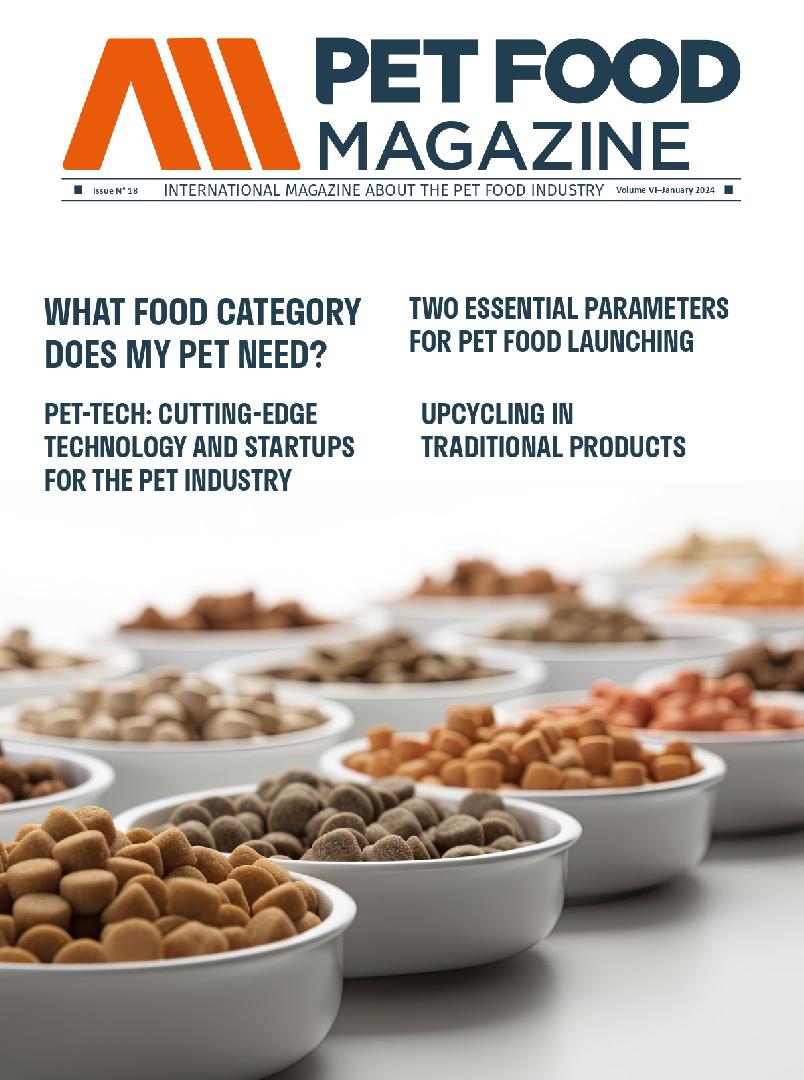Is vertical farming the answer to industry challenges?
We know that costs, raw materials availability, land and water use, greenhouse gas emissions, and weather-related contingencies are only some of the challenges facing a growing food industry. It seems that vertical farming can help solve, or at least alleviate, some of these challenges.
Vertical farming is a revolutionary approach that proposes growing crops in vertically stacked layers to make efficient use of space and create closed-loop ecosystems. It usually works climate-independent, with controlled-environment agriculture, which optimizes crop growth, and even, in many cases, uses soilless cultivation techniques. Most commonly deployed to grow crops, such as leafy greens and herbs for human consumption, there are also companies that have already started using them for livestock feed crops.
Currently, the vertical farming market is expected to reach $24.11 billion by 2030.
Vertical agriculture, a path full of possibilities
Climate change is destroying or seriously affecting dozens of ecosystems around the world, which affects land for cultivation. Short growing seasons also affect the ability to produce enough food for populations internationally. That is why having the ability to grow food indoors and avoiding the unpredictability that comes with outdoor cultivation could prove to be the most rewarding solution for the industry.
Vertical farming is presented as an alternative that solves problems such as irrigation restrictions, land limitations, low forage years, access to quality feed, inflation, and rising and unpredictable input costs.
Its great advantages lie in that it uses less water and land for production, can reduce methane emissions, combat deforestation, use fewer fossil fuels, generate less food waste, and even alleviate some interruptions in the supply chain. Therefore, that's why it's considered one of the most viable forms of sustainable production and supply.
Another notable benefit is its ease of implementation since it can be installed where it is most needed.
Addressing the problem from the grassroots
We can highlight that vertical farming, by allowing local growth, can make producers need less labor for growth and harvesting. They will be able to control pests and diseases better and scale their production to achieve sustained quantities throughout all annual seasons.
Instead of focusing on producing a product directly for human consumption, this alternative addresses an important problem from its bases: livestock feed and nutrition, produced in a sustainable manner.
Automation, at the center, once again
Automation will play a fundamental role in vertical farming management. With networks of sensors connected to a digital control panel to monitor all crop parameters, not only is labor reduced but the raw ingredients are improved. Furthermore, with artificial intelligence, health, and growth rate can be optimized, and diseases or mold can be predetermined, for example. Even the harvesting process can be automated so that, with the push of a button, the crop can be cut and transported.
Resilience: new paths for the industry
Vertical farming seems a great alternative to address labor shortages and sustainability concerns. It allows out-of-season food growth and supplement crops during the growing season. If implemented correctly and at scale, it can have a major impact on regional food security, gas emission reduction, and global food transport.
The positive thing about this type of agriculture is that it is not tied to the externalities of climate change. And that, in a world beset by the climate crisis, makes it a promising food production method.
Source: All Pet Food Magazine
You could be interested: We enable the green transition
About author
María Candelaria CarbajoTranslator and editor. I collaborate with businesses and purposeful projects that want to improve their written communication, transmit their differential values, and connect with their audience. I enjoy teamwork and joining forces, experiences, and knowledge to bring to the world all the potential of businesses that seek to make an impact with their services, products, or experiences.































































